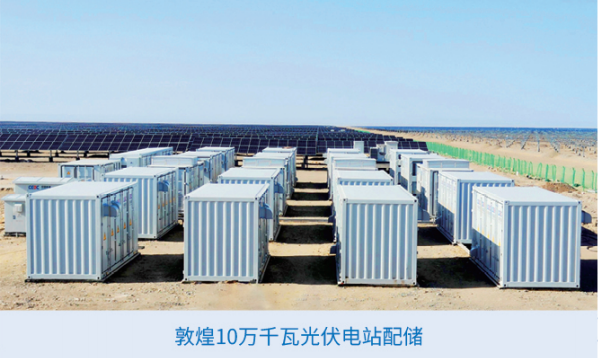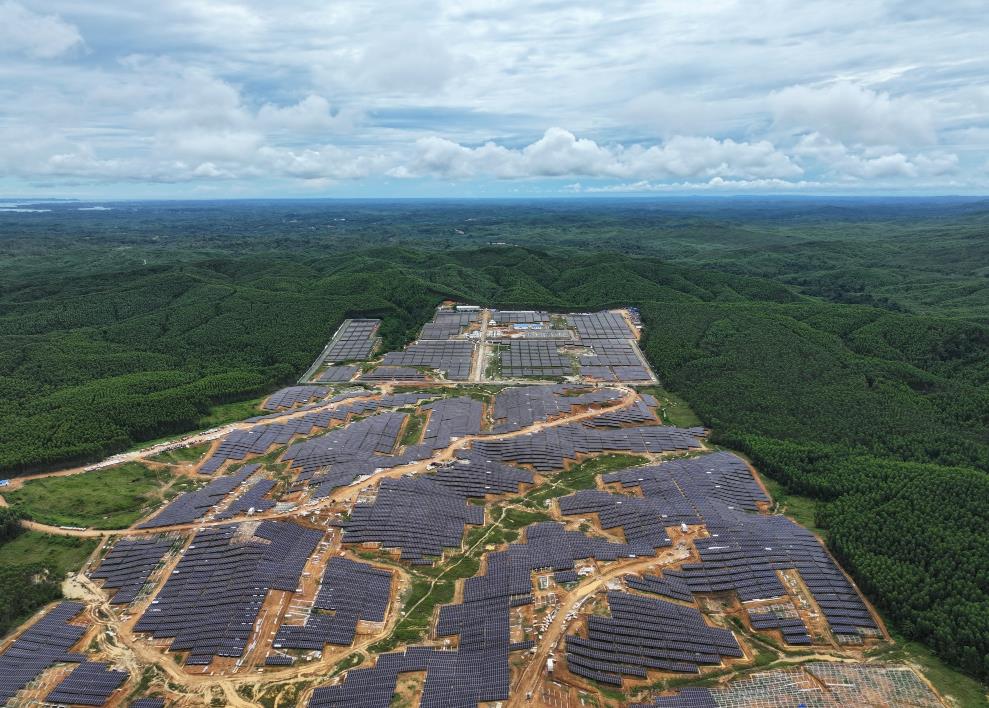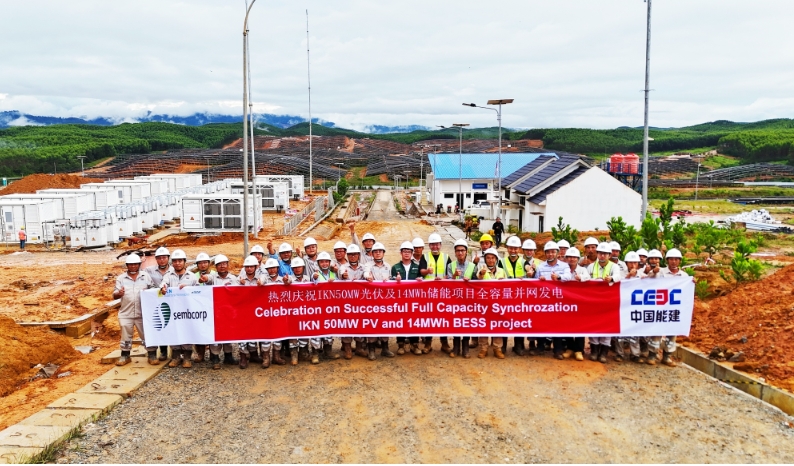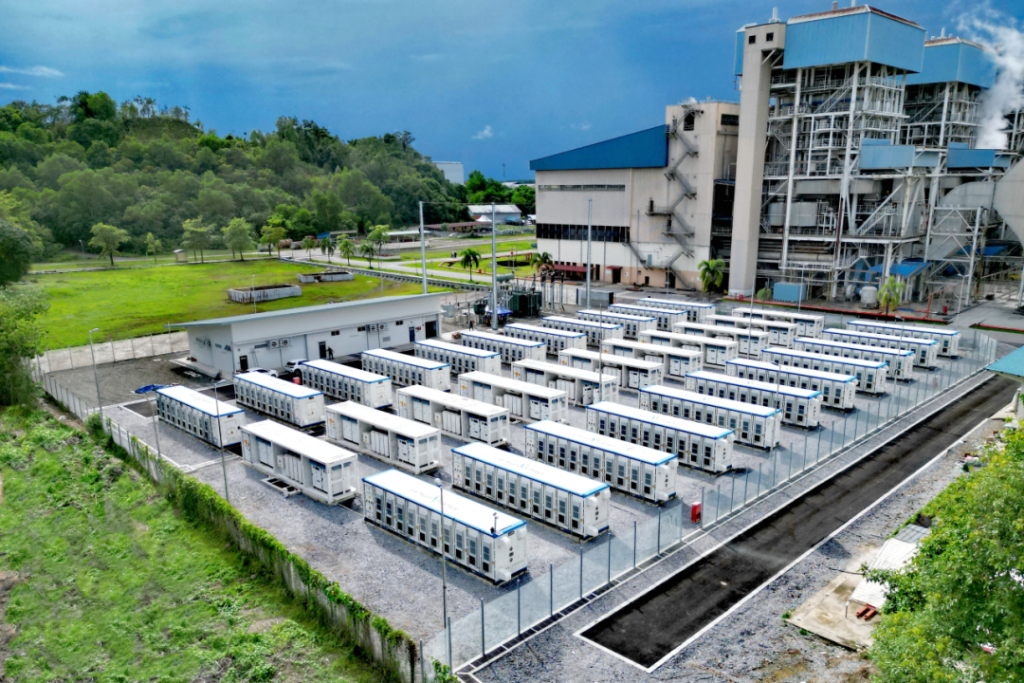How 15MW/60MWh Storage System Solves New Energy Integration Challenges
I. Project Background: Harnessing Solar Potential in the Gobi
As China’s first new energy demonstration city, Dunhuang boasts 3,258 annual sunshine hours and class – A solar resources. CEEC’s 100MW PV project in Kumtag Desert uses high – efficiency bifacial panels and smart trackers to generate 180 million kWh annually, equivalent to 120,000 tons CO₂ reduction. However, intermittency issues posed grid integration challenges.
SolutionProject OutcomesII. Solution: Building a “PV + Storage” Smart Ecosystem
CEEC deployed a 15MW/60MWh lithium – ion energy storage system, creating northwest China’s first integrated “PV + Storage” project (Insert Figure 1: Schematic of Dunhuang PV + Storage System). Key innovations include:
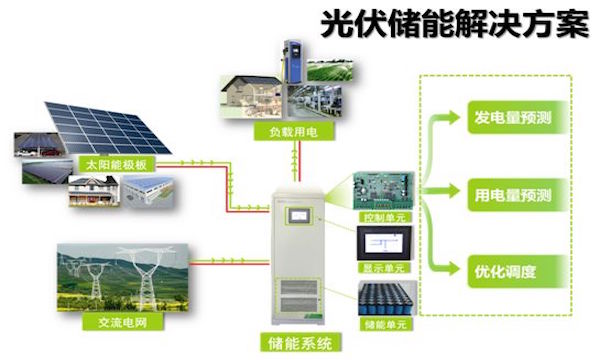
DAI – Driven Forecasting: Real – time PV output prediction optimizes storage charging/discharging;
Millisecond – Level Response: 20ms power compensation smooths PV fluctuations;
Multi – objective Optimization: Balances economic returns, grid stability, and auxiliary services.
III. Project Outcomes: From Technical Breakthrough to Social Impact
Peak Shaving for Economic Success
Daily 2 – cycle operations yield 12 million yuan annual revenue via Gansu’s 0.6 yuan/kWh TOU pricing;
Payback period shortened from 8 to 3.8 years, setting industry benchmarks.
Grid Stabilization for Renewable Integration
PV output volatility reduced from ±20% to ±5%, cutting Dunhuang’s curtailment rate by 3%;
Provides replicable model for Kumtag Desert’s 23GW new energy base.
Multi – service Value Creation
300 fewer thermal power cycles annually, reducing coal loss by 20%;
Modular design supports future hydrogen integration and virtual power plant expansion.
Green and Economic Win – Win
4.5 billion kWh generation over 25 years saves 1.5 million tons coal, cuts 3.8 million tons CO₂;
Generates 22 million yuan annual tax revenue and 530 jobs, transforming Dunhuang into a “green hub.”
